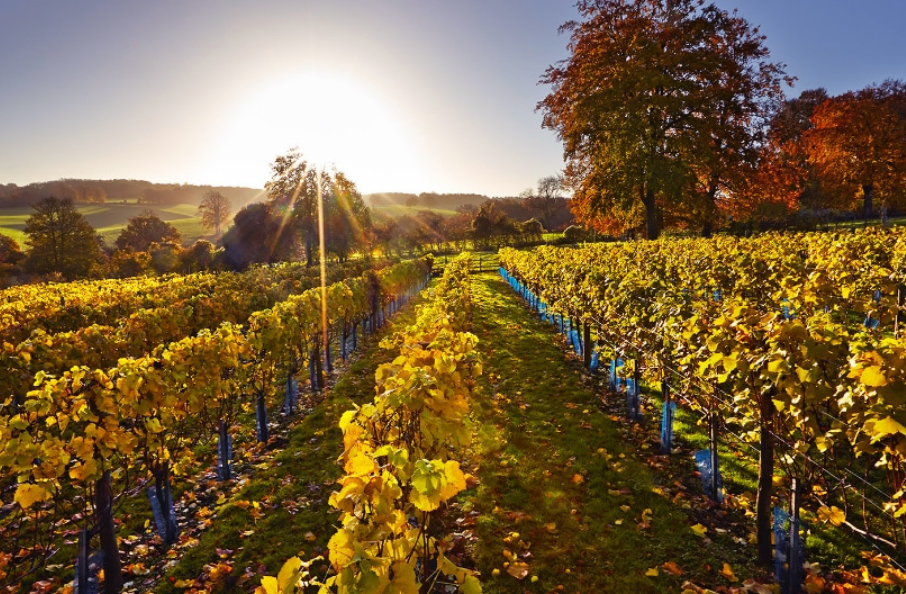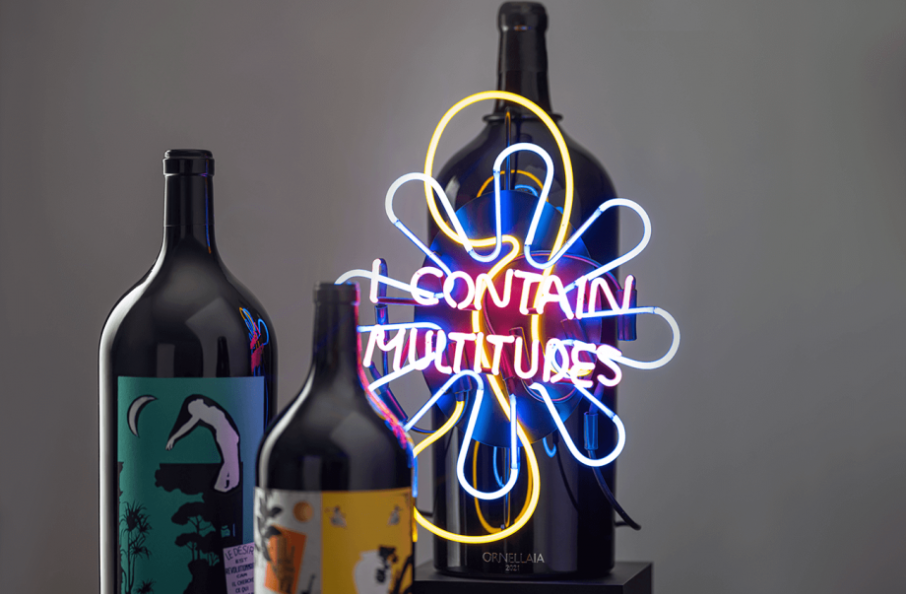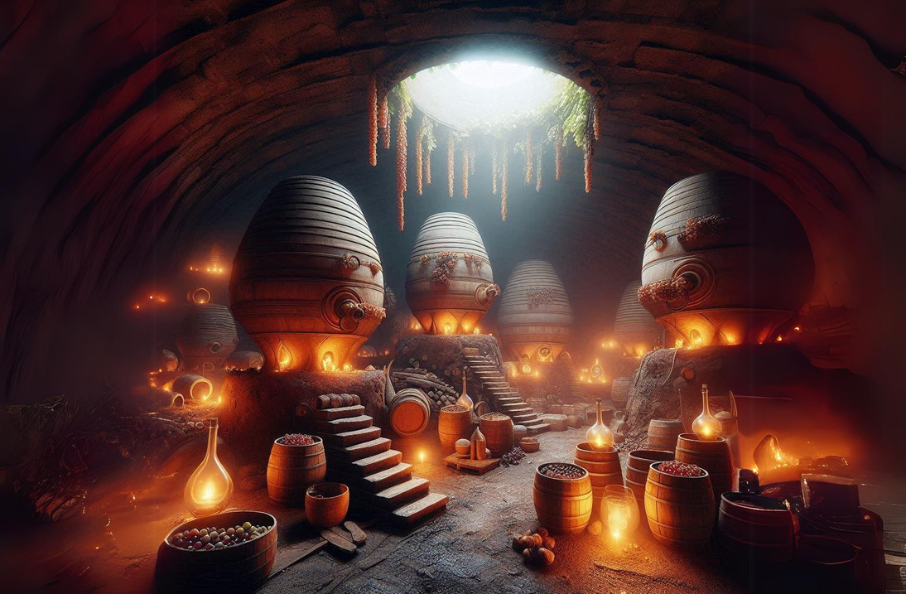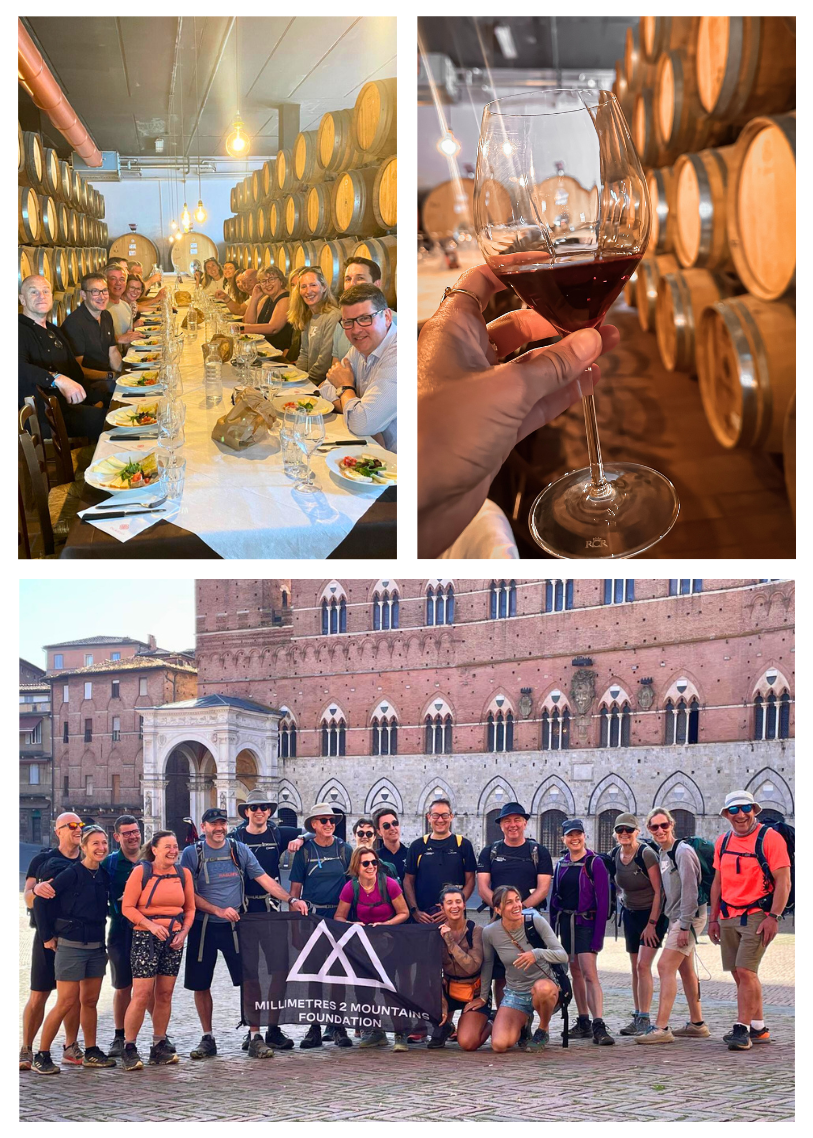Walking for a Cause
Over three days, participants covered more than 75 kilometres through the picturesque Tuscan countryside. The trek was not just about the distance but about the camaraderie and the cause. Each step taken was a step closer to supporting individuals facing mental health challenges, as M2M is dedicated to helping those affected by mental health issues and physical disabilities through adventure and nature.
Among the highlights was the presence of Cult Wines clients, including Gary and his son Olly, who together raised over £11,000. Another father-son duo, Jacopo Andreose and his son Sebastian, also joined the trek, showcasing the strong support from the Cult Wines community.
Additionally, the group enjoyed organized tastings at Palagetto in San Gimignano and the spectacular Antinori Chianti Classico wineries, adding a delightful culinary experience to their journey.
Voices from the Journey
James Fisher, one of the participants, reflected on the experience: “The opportunity to hike through the beautiful landscape of Tuscany while raising money for the M2M Foundation was an opportunity not to be missed. The support of Cult Wines and the finish line at Villa Antinori made this even more special.”
Lois Jackson expressed her gratitude: “It was a real treat to combine three of my favourite things – walking, wine, and fundraising. The best part of this trip was the incredible people who came along. Walking and talking through beautiful countryside while raising money for M2M, even with a few blisters, was amazing. Thank you to Cult Wines for their support; the £21,000 raised by participants will significantly impact our future beneficiaries.”
Gary, one of the top fundraisers, shared his thoughts: “Participating in the Tuscany trek was a profound experience. Not only did we enjoy the stunning landscapes and exquisite wines, but knowing that our efforts are contributing to such a worthy cause made every step worthwhile.”
The Impact of the Funds Raised
The £21,000 raised from this event will go a long way in supporting the initiatives of the Millimetres 2 Mountains Foundation. These funds will help organize more adventure therapy programs, provide resources for mental health support, and enable more individuals to participate in transformative outdoor experiences.
Lois Jackson highlighted, "The funds raised will support our upcoming programs designed to help individuals rebuild their lives through the power of nature and adventure. From climbing expeditions to wilderness therapy sessions, every penny will make a difference."
Looking Ahead
The success of this trek has set the stage for future events. M2M is gearing up for a golf day at The Manor House, Castle Combe, on Friday, September 6th, and a gala dinner in London on Saturday, November 9th.
These events are crucial for raising further funds and awareness for their cause. Interested parties can contact Rosie at [email protected] for more information.
A Shared Vision
The Tuscany trek is a testament to what can be achieved when passionate individuals and supportive organizations unite for a common cause. With the continued support of Cult Wines and the dedication of M2M and CHX Challenge, future Millimetres 2 Mountains Foundation beneficiaries can look forward to even more opportunities and support.
For information on upcoming events and to support the Millimetres 2 Mountains Foundation, visit millimetres2mountains.org. For more information on the CHX Challenge, visit CHX website.
Join the Movement
The Tuscany Trek was not just a fundraising event but a movement that inspired others to combine their passions with philanthropy.
Lois Jackson encourages everyone to get involved: "Whether you're an avid hiker, a wine enthusiast, or someone who cares deeply about mental health and wellness, there's a place for you in our community. Join us in making a difference, one step at a time."
Stay tuned for future M2M x CHX trips with Cult Wines.





